QuestionHi Thea,
My son and I have been watching the tadpoles in a puddle near our house for weeks. A few days ago, we realized the puddle would be dry within a day or two and there was no rain in the forcast. We caught as many tadpoles as we could and have them in a large, shallow container. We plan to add rocks and sticks when they develop legs. They appear healthy and happy. There are over 40 tadpoles so my question is what to do with them when they become frogs. Can they be released to the same location where we found them even if it is bone dry? If not, what do you suggest?
Thank you so much!
AnswerHi Laura, Pacifics are well known for using temporary and small bodies of water for breeding. It is a trade-off in risks. They avoid the predators like fish and other frogs that exist in permanent bodies of water but they sometimes run out of time when their puddle dries up before the tadpoles have matured.
They are a very adaptable species which is why they are so abundant throughout their range. They are often found quite far from bodies of water and are able to restrict their fluid loss in drier conditions.
When actual bodies of water are scarce the frogs use humid microhabitats such as moist foliage and grasslands (any area that collects morning dew), woodlands and meadows. The moist areas under fallen logs or pre-existing animal burrows can also provide the damp, cooler areas that they need. If no permanent or long-standing body of water is around then releasing them in an area of tall grassland or woodland would likely give them the best chance of survival.
Raising tadpoles is fairly easy but there can be a high mortality rate during metamorphisis as they change from water-dwelling to air-breathing and from vegetarian to carnivorous. A condition known as "spindly leg" where the limbs develop weakly is also common. It is not completely understood but is thought to be nutritionally based. I breed exotic tree frogs and have found that algae based fish food such as spirulina or wafers designed for algae eaters produced a much better outcome during metamorphisis.

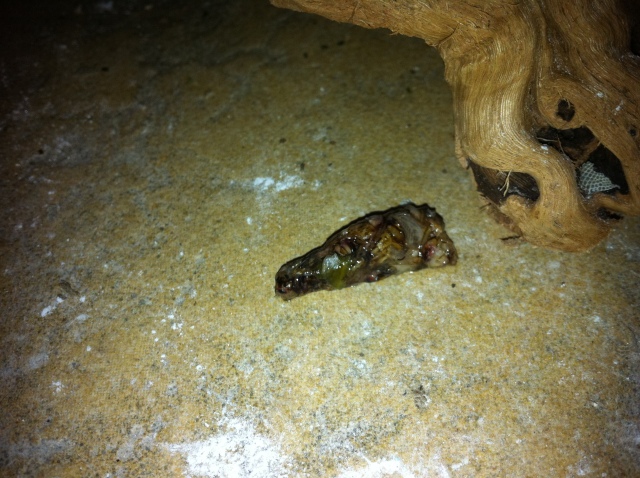 Beardies poop
Question
Fecal
Hi Diane,She just had another bowl movem
Beardies poop
Question
Fecal
Hi Diane,She just had another bowl movem
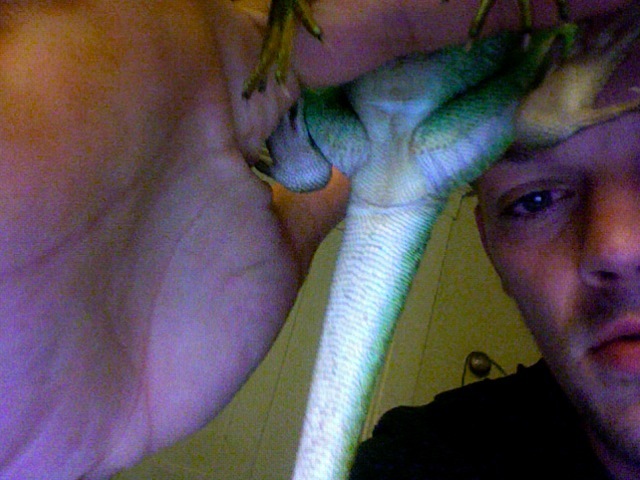 What is the sex of my Water dragon
Question
Chinses Water Dragon
Could you plaese tell me
What is the sex of my Water dragon
Question
Chinses Water Dragon
Could you plaese tell me
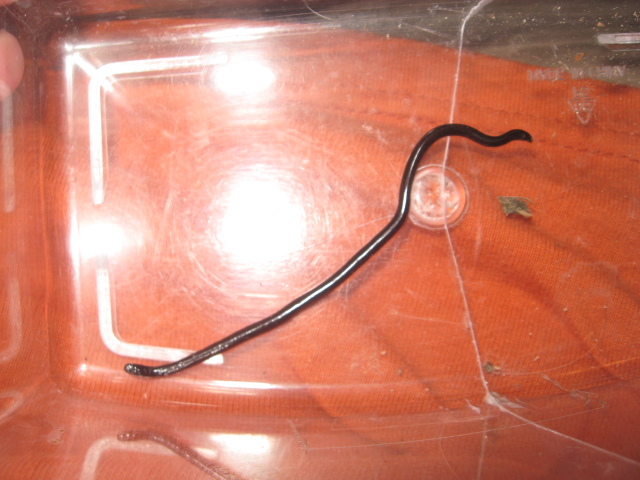 Small Black Snake/Worm
Question
Snake/Worm
Hello, my sisters were in the backy
Small Black Snake/Worm
Question
Snake/Worm
Hello, my sisters were in the backy
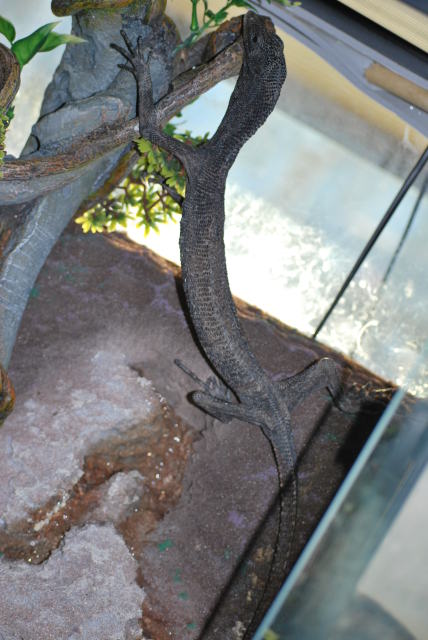 Black Tree monitor
QuestionQUESTION: My black tree monitor will only eat c
Black Tree monitor
QuestionQUESTION: My black tree monitor will only eat c
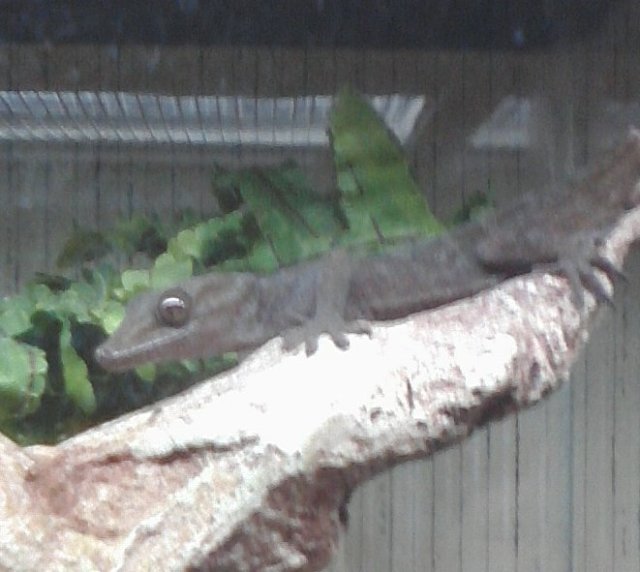 frank
Questiongidget
QUESTION: Well, Ive been research
frank
Questiongidget
QUESTION: Well, Ive been research